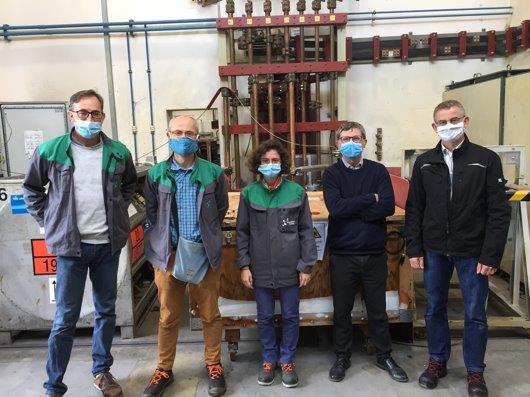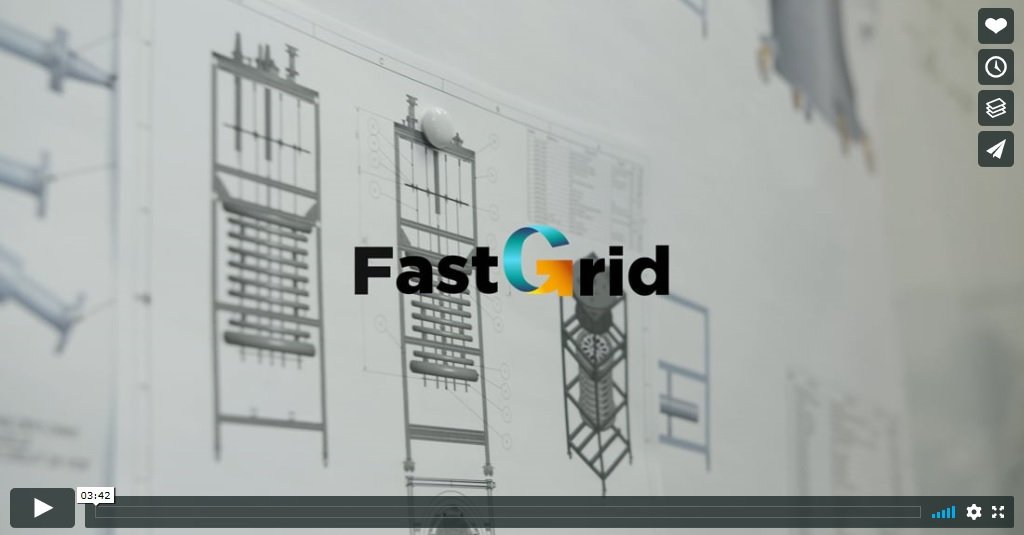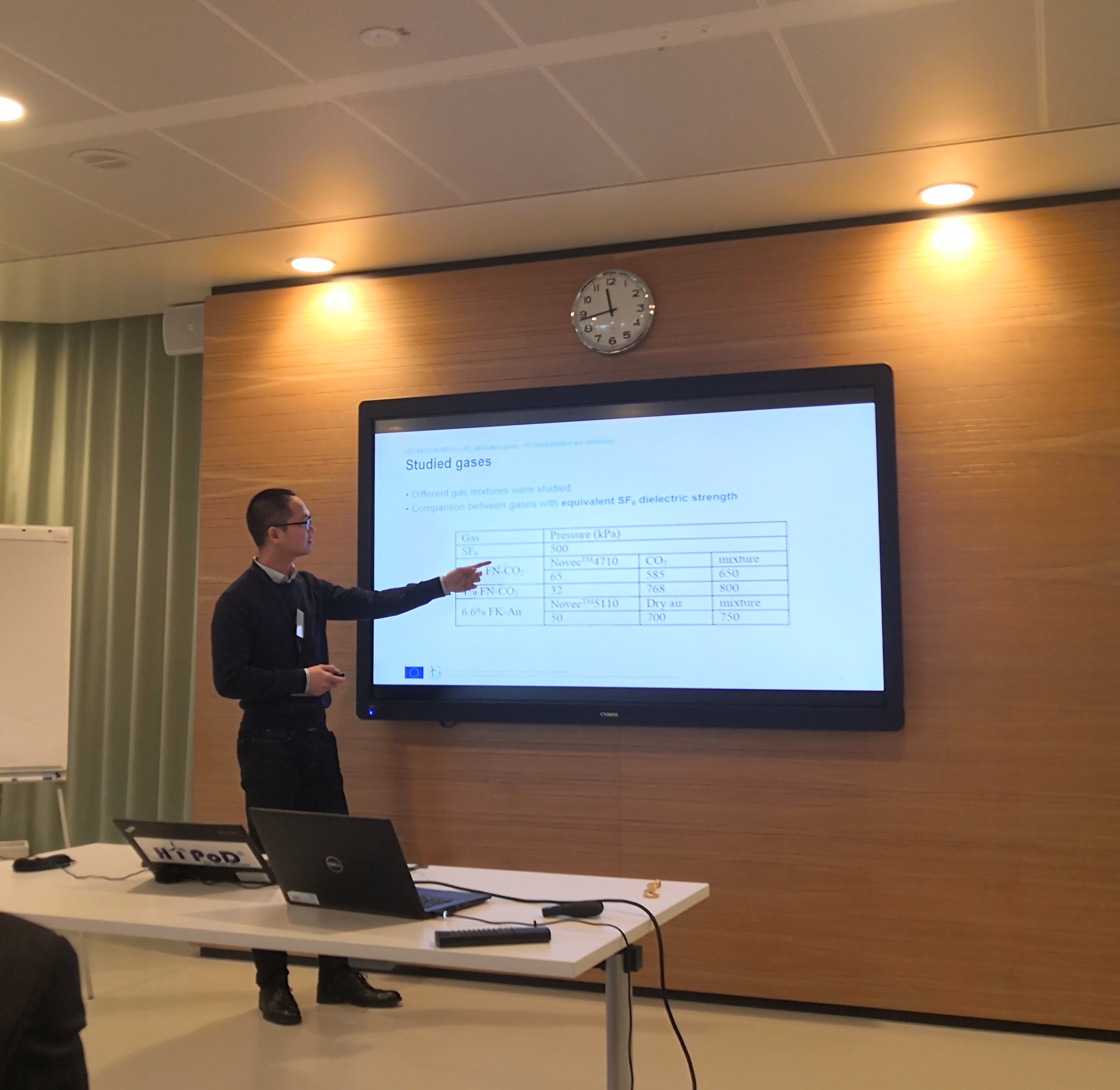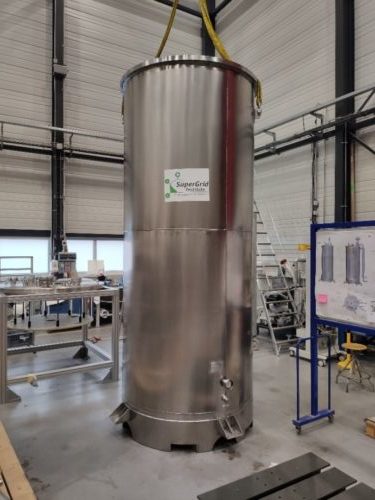Measurement and behaviour of partial discharge for SF6 substitute gases in HVDC GIS/GIL
Partial discharge measurement is considered as one of the most powerful monitoring and diagnostic tools for the detection and recognition of defects for high voltage equipment.






